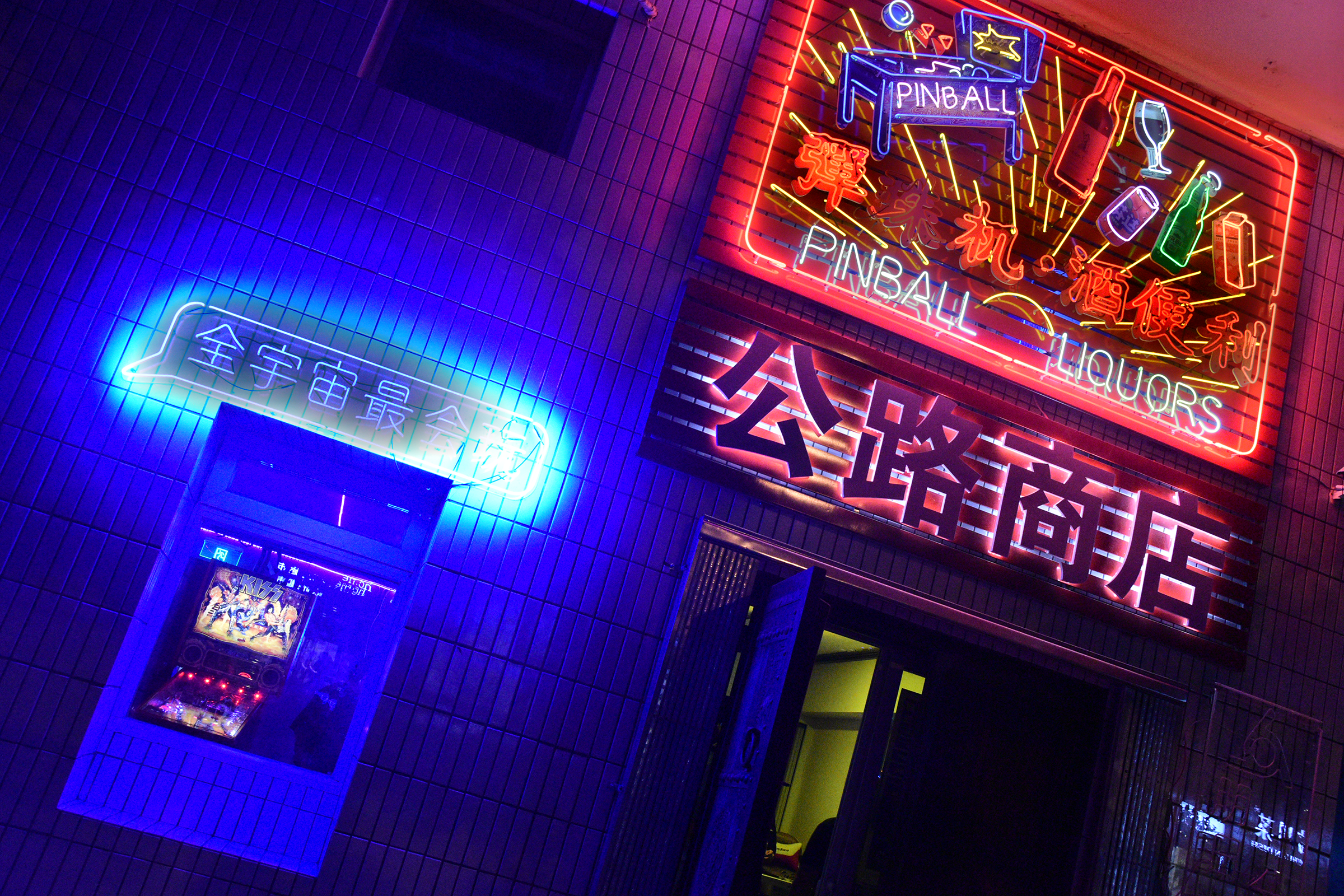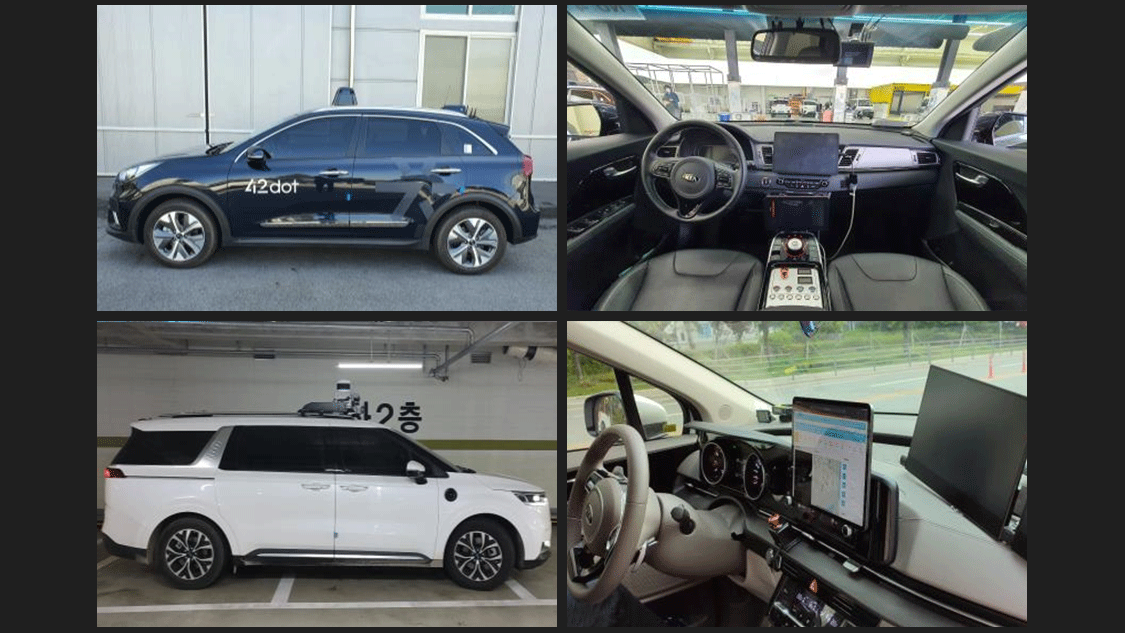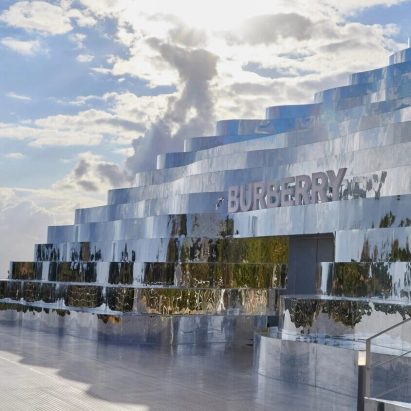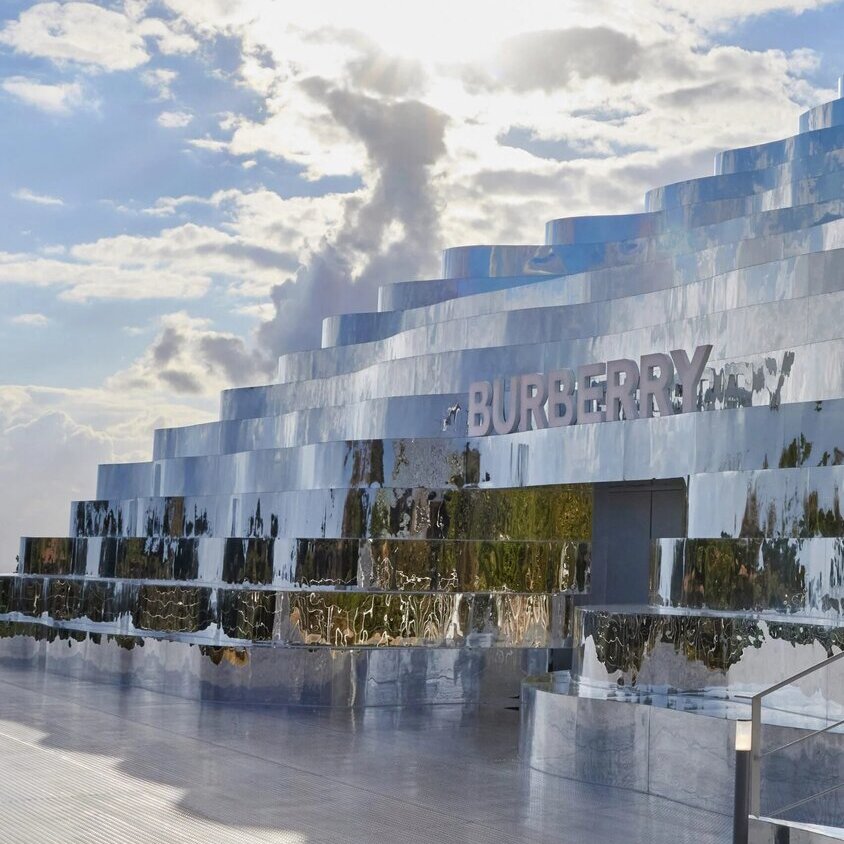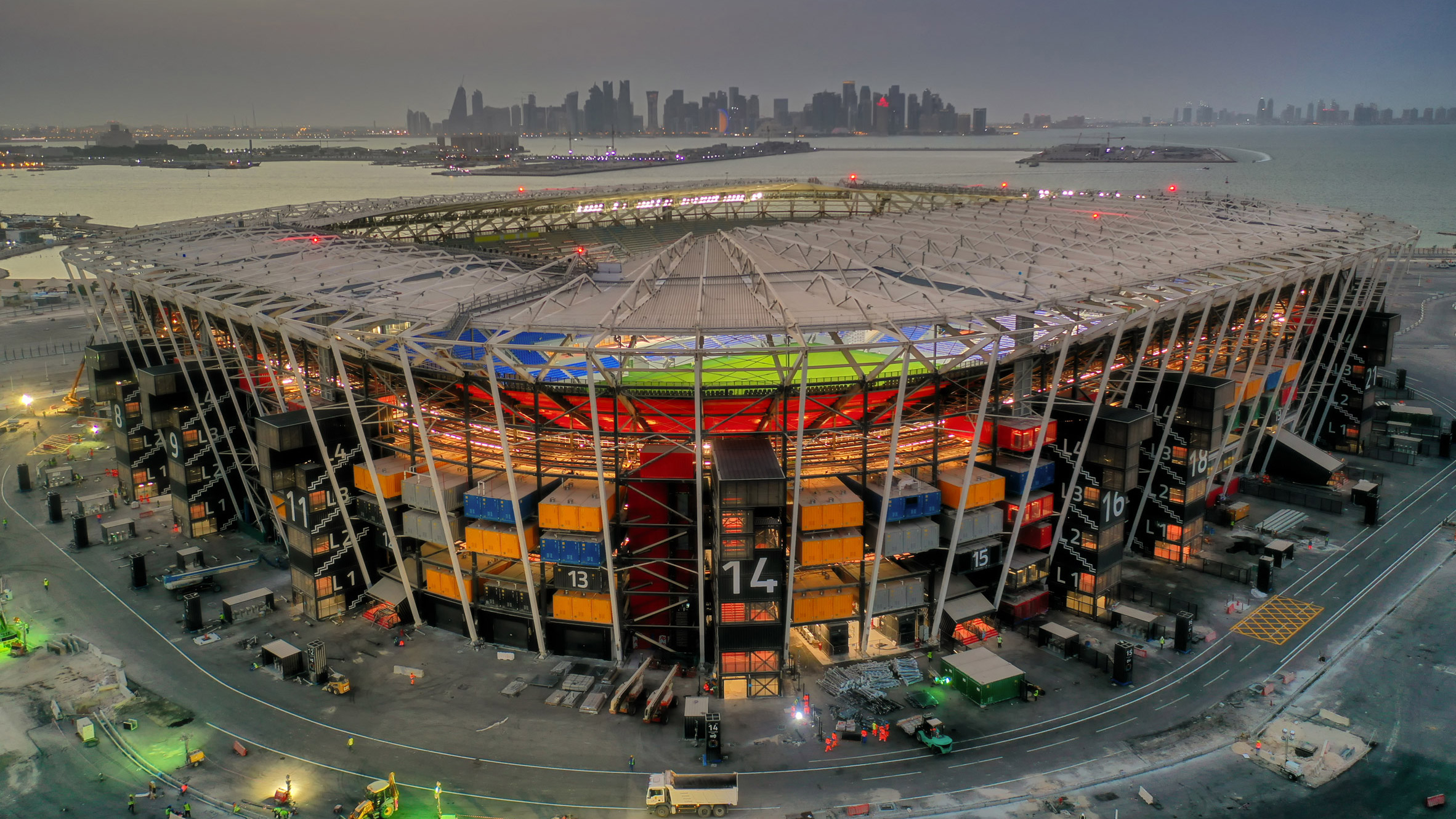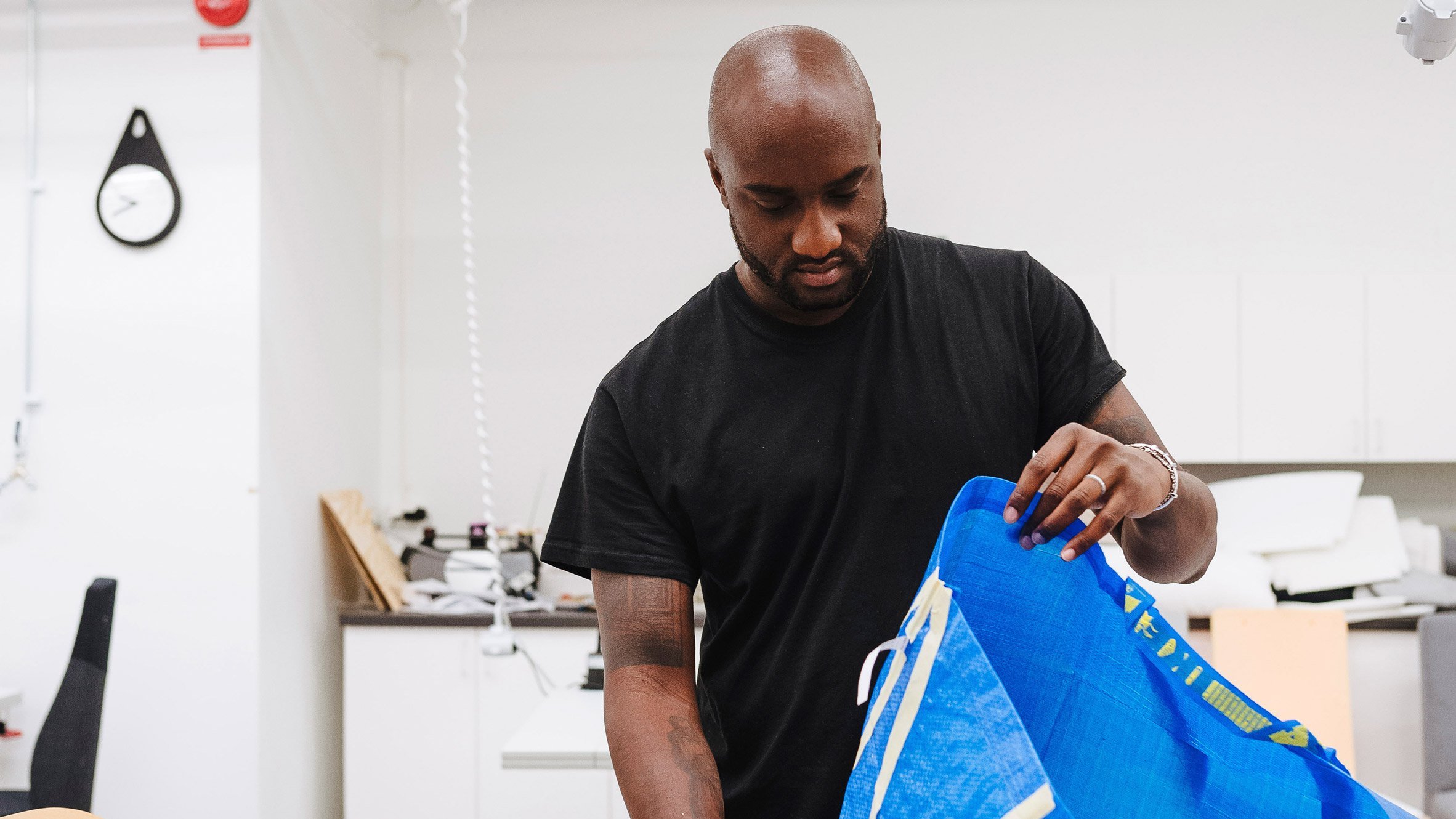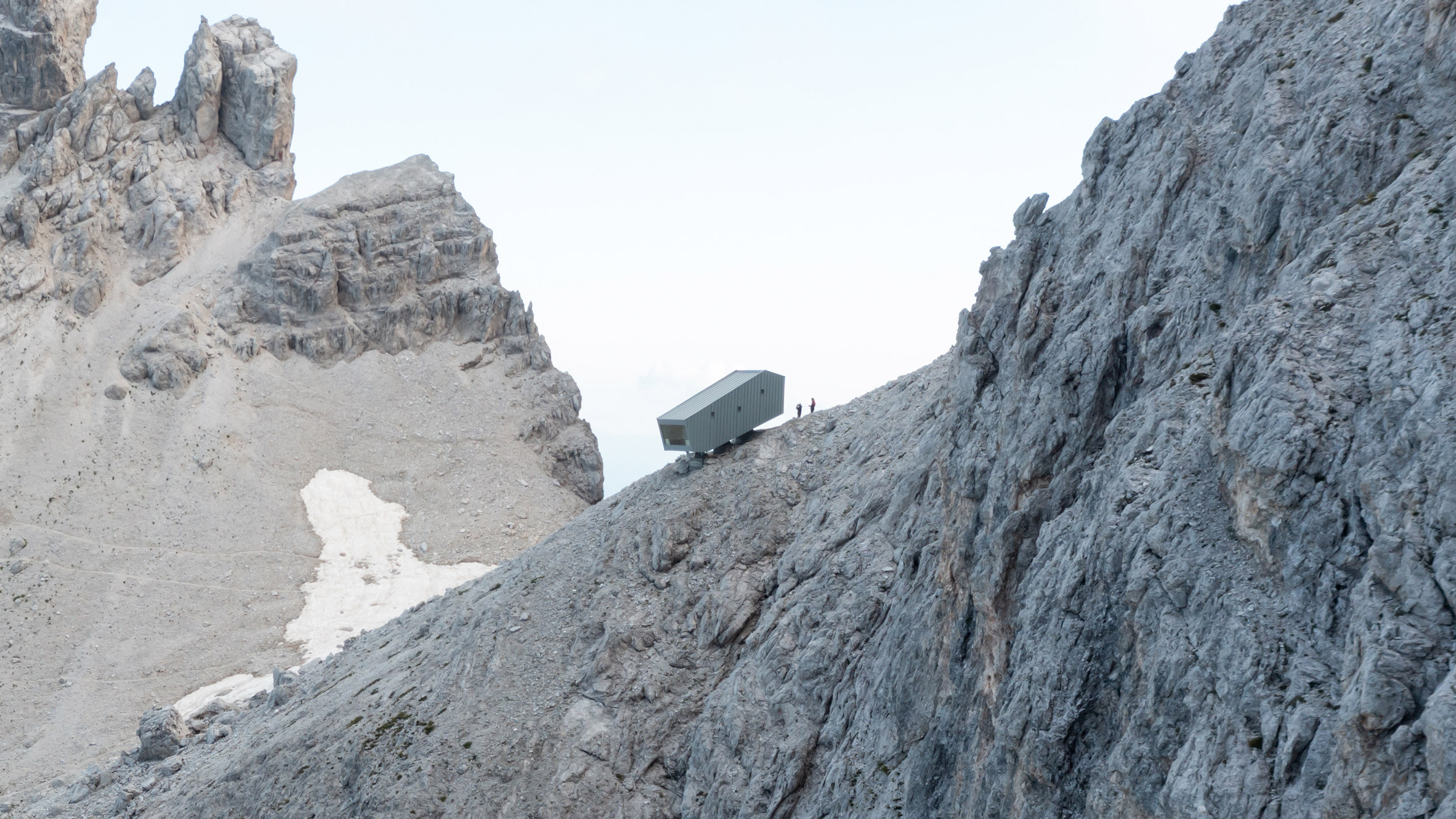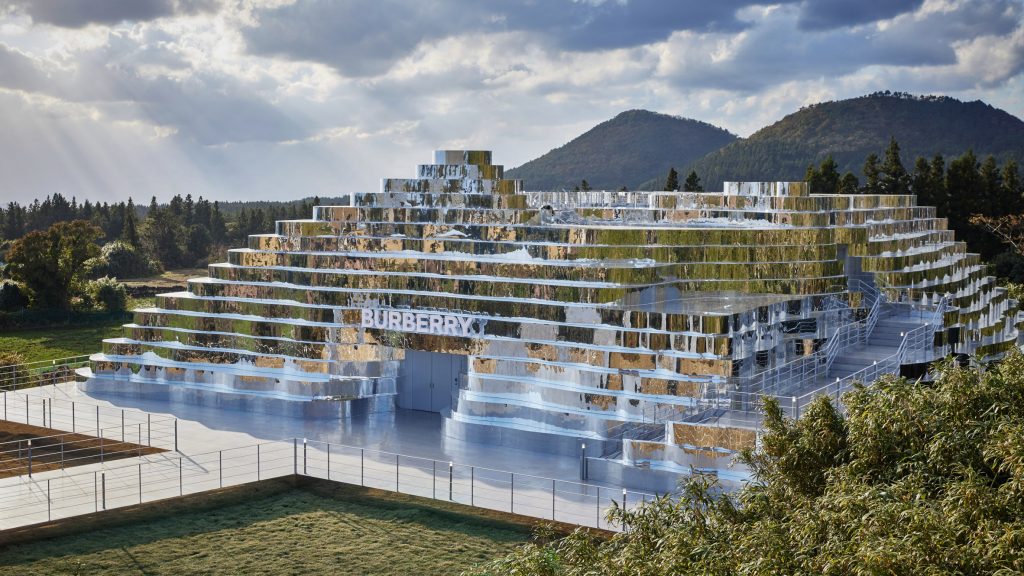Let’s review the basic points: China is a capitalist country. This is evident in the fact that everyone needs #money to survive and therefore has to depend on “the #economy.” Most of the population is proletarian, which means that they don’t have any control over #production and therefore must work for wages to survive. Only the minority of the population who are extremely rich, called the capitalist class, can instead survive off the profit from their investments, which demonstrates their ownership of production. While this dictatorial ownership is the core feature of capitalist rule, nation-states emerge as the political expression of this social power. The state serves as a necessary means for capitalists to coordinate and compete with one another, but it also helps to maintain the baseline conditions for capitalist society to exist in the first place. This includes #repression ( #police, #prisons, the #military, etc.), the maintenance of a legal system founded on #property rights, and the mobilization of public investment (in #infrastructure, #healthcare, #education, etc.), all involving the creation of a myth of shared “national interests” rooted in “national culture.”
In #China, the capitalist class rules directly through the party-state. Capitalists hold all the leading positions within the communist party and the #government. Similarly, most large capitalists who hold no bureaucratic position are, at minimum, party members. This allows them to be “inside the system,” where they have preferential access to resources (through credit), greater protection from competition with capitalists in other countries (through tariffs and subsidies) and a seat at the table for all the major decisions (through the party infrastructure). Those left “outside the system” are mostly smaller capitalists who have not yet joined the party, rebel capitalists who refuse to submit to the others and/or capitalists more aligned with foreign interests. In reality, the party infrastructure is messy and often violent, since capitalists have competing interests. But even if it were perfectly coordinated and coordinated, enrolling all Chinese capitalists as members, this would still only represent one fraction of the global capitalist class in competition with others.
https://chuangcn.org/2022/03/china-faq-capitalist/ #capitalism #state #ccp #communism #nationalism #japan #southkorea #usa #eu #labour
